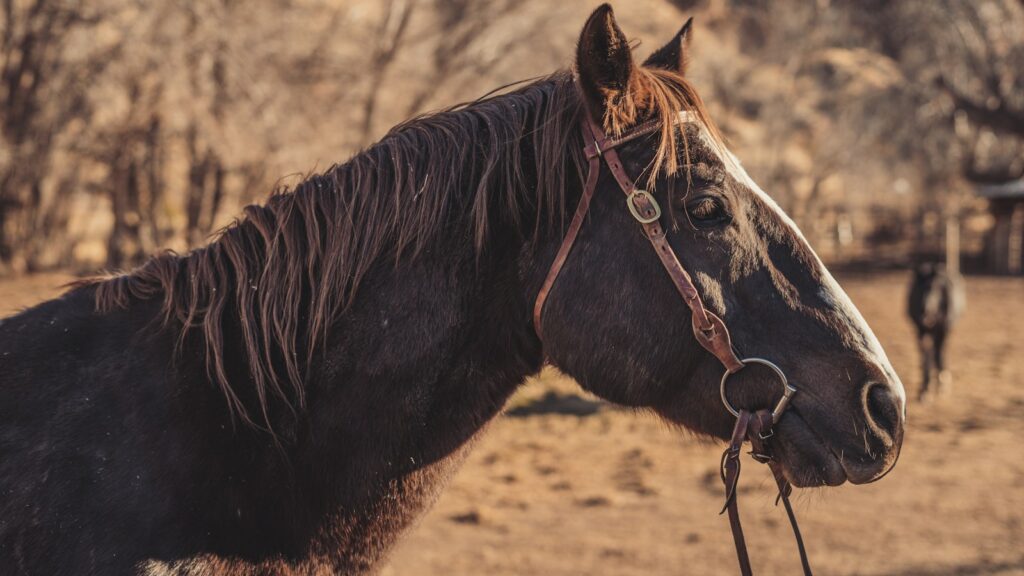The equestrian world is experiencing a significant shift as riders increasingly prioritize sustainability in their gear choices. This transformation reflects broader environmental consciousness and the recognition that traditional horse equipment often comes with a substantial ecological footprint. In 2025, the movement toward eco-friendly tack, apparel, and stable supplies has gained remarkable momentum, driven by innovations in materials science, changing consumer values, and growing awareness of animal welfare concerns. As climate change concerns intensify and ethical consumption becomes mainstream, equestrians are demonstrating that their love for horses can extend to caring for the planet those horses inhabit. This article explores the multifaceted reasons behind this important trend and examines how sustainable horse gear is reshaping the industry.
The Environmental Impact of Traditional Horse Gear

Conventional equestrian equipment has historically relied heavily on resource-intensive materials and manufacturing processes. Traditional leather production, for instance, contributes significantly to deforestation, water pollution, and greenhouse gas emissions, with studies indicating that the leather industry accounts for approximately 7% of global carbon emissions from manufacturing. Chrome tanning, the most common method used for equestrian leather, introduces harmful chemicals into waterways and poses health risks to tannery workers. Additionally, synthetic alternatives developed in previous decades were often petroleum-based, creating long-lasting waste that persists in landfills for centuries. The shipping and distribution networks for equestrian products have also traditionally maintained substantial carbon footprints, with equipment often traveling thousands of miles before reaching riders. These cumulative environmental costs have become increasingly difficult to ignore as riders become more environmentally conscious.
Innovative Sustainable Materials Transforming Equestrian Gear
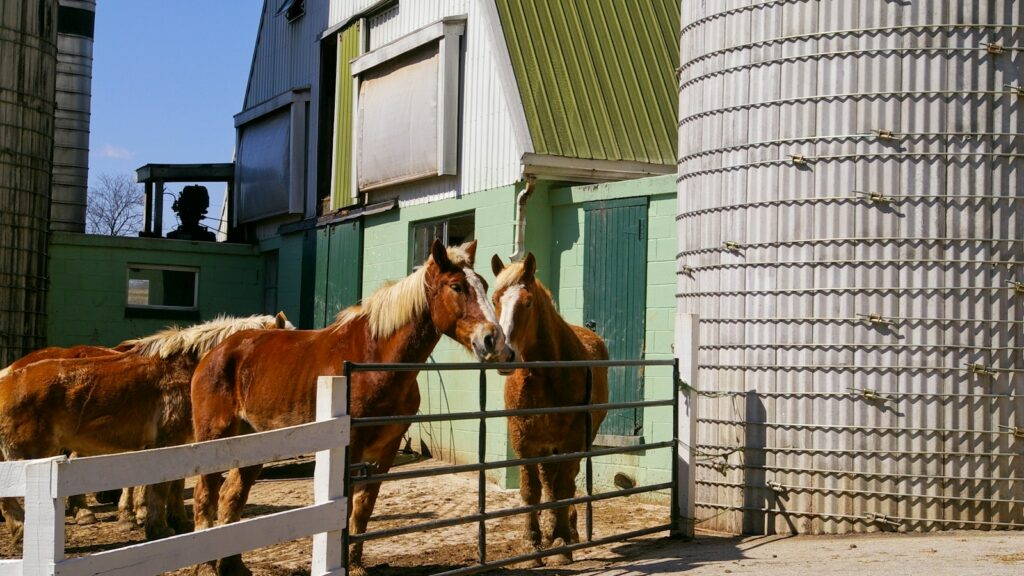
The market for sustainable horse gear has exploded with innovative materials that match or exceed the performance of traditional options. Plant-based leather alternatives made from pineapple leaves (Piñatex), mushroom mycelium, cactus fibers, and apple waste are now being crafted into saddles, bridles, and boots that offer comparable durability and aesthetics to animal leather. Biodegradable synthetic materials derived from algae, corn starch, and other renewable resources provide waterproof, lightweight options for everything from rain sheets to paddock boots. Recycled materials have also found their way into equestrian gear, with companies transforming ocean plastics into strong, flexible components for helmets, protective gear, and stable equipment. These innovations address performance needs while significantly reducing environmental impact, giving riders functional options that align with their values. Laboratory testing confirms that many of these sustainable alternatives now match traditional materials in critical performance metrics like tensile strength, water resistance, and longevity.
The Role of Consumer Education in Driving Change
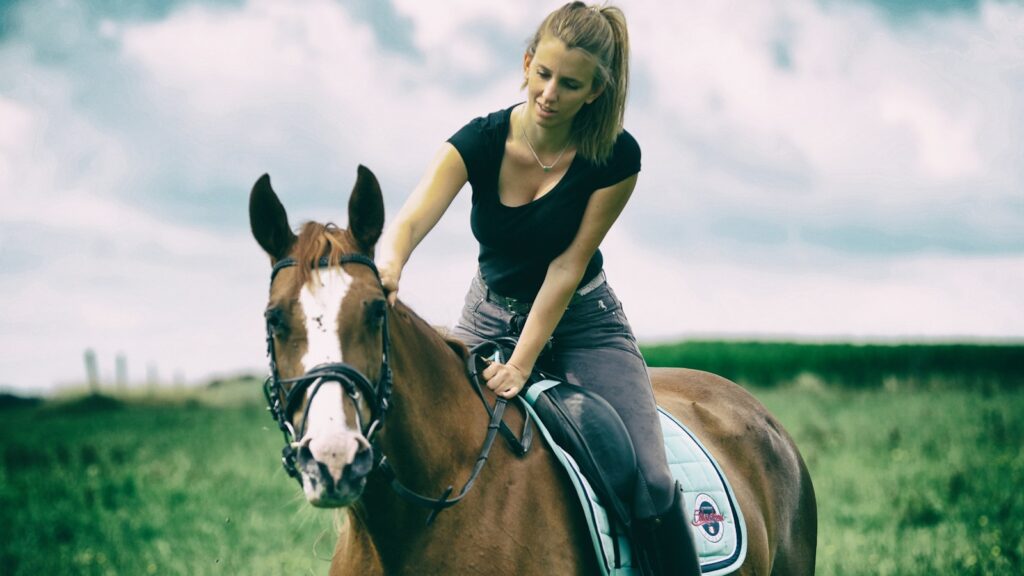
Increased access to information has played a pivotal role in accelerating the adoption of sustainable horse gear. Equestrian influencers and professional riders have leveraged social media platforms to demonstrate sustainable products in action, breaking down misconceptions about performance limitations. Industry publications and educational resources now routinely include sustainability ratings and environmental impact assessments alongside traditional product reviews. Certification programs like the Global Organic Textile Standard (GOTS), Leather Working Group (LWG), and B Corp have become important signals for environmentally conscious consumers navigating the marketplace. Riding schools and training centers increasingly incorporate sustainability education into their programs, teaching the next generation of equestrians to consider environmental impact alongside traditional concerns like fit and function. This educational momentum has created more discerning consumers who understand the complex environmental considerations behind their purchasing decisions.
Economic Factors Driving Sustainable Choices

While sustainable options were once significantly more expensive than conventional alternatives, economic factors are increasingly favoring eco-friendly gear. Economies of scale have reduced production costs as sustainable options gain market share, with sales of eco-friendly equestrian gear increasing by approximately 35% annually since 2022. Long-term cost analysis reveals that many sustainable products offer superior durability, reducing replacement frequency and providing better value over time despite potentially higher initial investment. Tax incentives in some regions now reward businesses and farms that adopt sustainable practices, including the use of environmentally friendly equipment. Meanwhile, market competition has intensified as established brands introduce sustainable lines and innovative startups disrupt the industry with entirely eco-focused offerings. This competitive landscape has driven down prices while stimulating further innovation, making sustainable choices increasingly accessible to riders across different economic brackets.
The Connection Between Animal Welfare and Sustainability
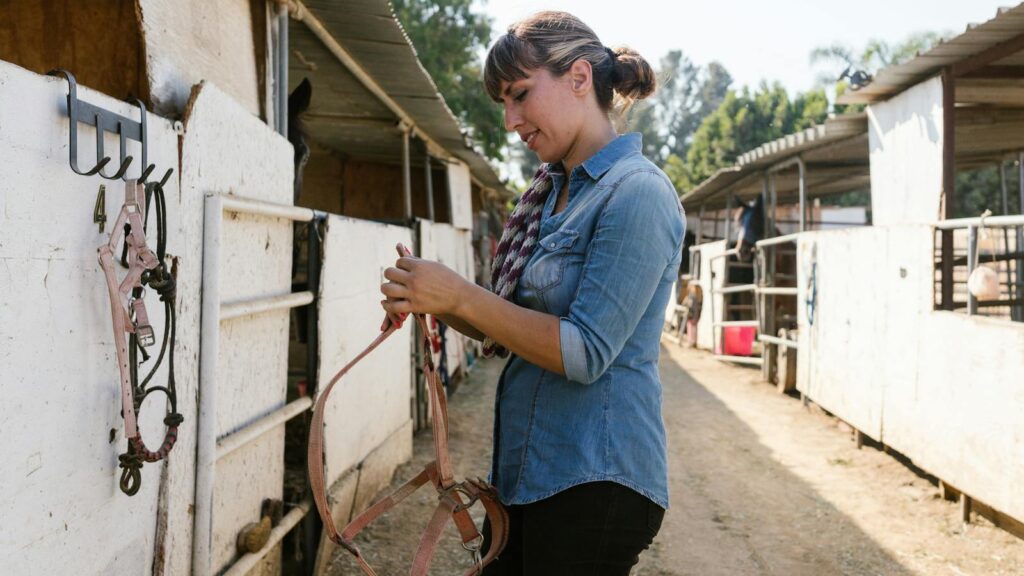
The sustainable horse gear movement strongly aligns with growing concerns about animal welfare throughout the supply chain. Riders who care deeply about their horses’ wellbeing are extending that concern to animals impacted by traditional equipment production, including those raised for leather. Vegan and cruelty-free certifications have become important selling points for equestrian products, with sales of such items increasing by over 50% in the past two years. Research indicating that some sustainable materials cause less chafing and skin irritation has further motivated the switch, as riders recognize potential welfare benefits for their own horses. The holistic perspective connecting care for horses, other animals, and the environment reflects a broader ethical framework embraced by many in the equestrian community. Organizations like the International Federation for Equestrian Sports (FEI) have developed sustainability guidelines that explicitly link environmental stewardship with animal welfare, reinforcing this important connection.
The Impact of Climate Change on Equestrian Communities

Equestrian communities are increasingly experiencing direct impacts from climate change, motivating practical concerns about sustainability. Extreme weather events have disrupted competition schedules, damaged facilities, and created challenging conditions for horse care, with insurance data showing weather-related claims from equestrian facilities have increased 28% since 2020. Rising temperatures have affected training routines and competition parameters, with heat-related cancellations becoming more common. Water scarcity in some regions has complicated essential horse care practices and pasture management. These tangible effects have transformed climate concerns from abstract concepts to immediate practical challenges for many riders. The experience of these impacts has motivated many equestrian facilities and individual riders to adopt sustainable practices, including choosing environmentally friendly gear, as part of their response to changing conditions.
Industry Leaders Pioneering Sustainable Practices

Several influential brands have taken leadership positions in sustainable equestrian gear, transforming industry standards. Companies like EcoRider, GreenTack, and Sustainable Strides have built their entire business models around environmental responsibility, proving that profitability and sustainability can coexist. Established heritage brands have introduced eco-friendly lines and revamped manufacturing processes to reduce environmental impact while maintaining their reputation for quality. Competition organizers and governing bodies have begun requiring sustainable practices from vendors and sponsors, creating additional market pressure for environmentally responsible options. These industry leaders have invested in research and development, supply chain transparency, and third-party verification of environmental claims, raising the bar for the entire sector. Their success has demonstrated the commercial viability of sustainability, encouraging further industry-wide adoption of environmentally responsible practices.
The Role of Technology in Sustainable Equestrian Products

Advanced technology has been instrumental in developing sustainable horse gear that meets or exceeds performance requirements. Biomimicry—the practice of emulating natural processes and structures—has inspired new material designs that achieve remarkable strength-to-weight ratios while using fewer resources. 3D printing enables precision manufacturing with minimal waste, allowing for customized equipment that fits horses perfectly while using exactly the amount of material needed. Digital supply chain management has reduced transportation emissions through optimized logistics and local production. Material science breakthroughs have created plant-based waterproofing treatments that replace toxic chemicals previously used in weather-resistant gear. These technological innovations have been crucial in overcoming performance barriers that once limited the adoption of sustainable alternatives, proving that environmental responsibility doesn’t require compromising on functionality or safety.
The Growing Market for Secondhand and Upcycled Gear
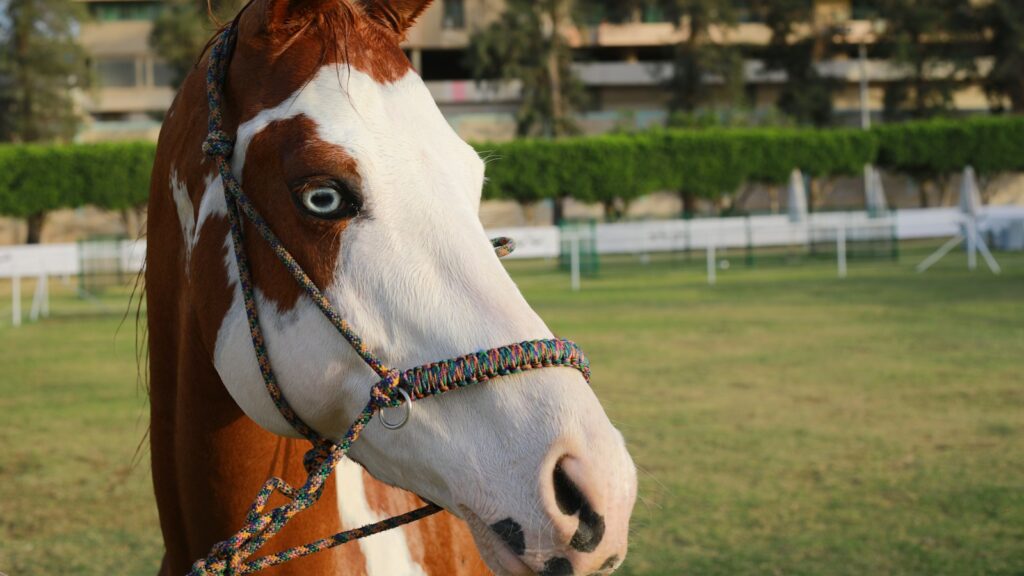
The sustainable equestrian movement extends beyond new products to embrace circular economy principles through secondhand markets and creative upcycling. Online platforms dedicated to pre-owned tack and apparel have experienced exponential growth, with the largest seeing a 65% increase in listings since 2023. Professional refurbishment services now restore saddles, boots, and other equipment to extend their useful life while reducing demand for new production. Creative upcycling has transformed worn-out equipment into functional new items, from bridles repurposed as belts to saddle pads converted into bags. This secondary market has made sustainable choices more financially accessible while significantly reducing waste. The stigma once associated with used equipment has diminished substantially as environmental consciousness has increased, with surveys indicating that 78% of riders now consider pre-owned gear to be a responsible choice rather than merely a budget option.
Sustainable Stable Management Complementing Eco-Friendly Gear
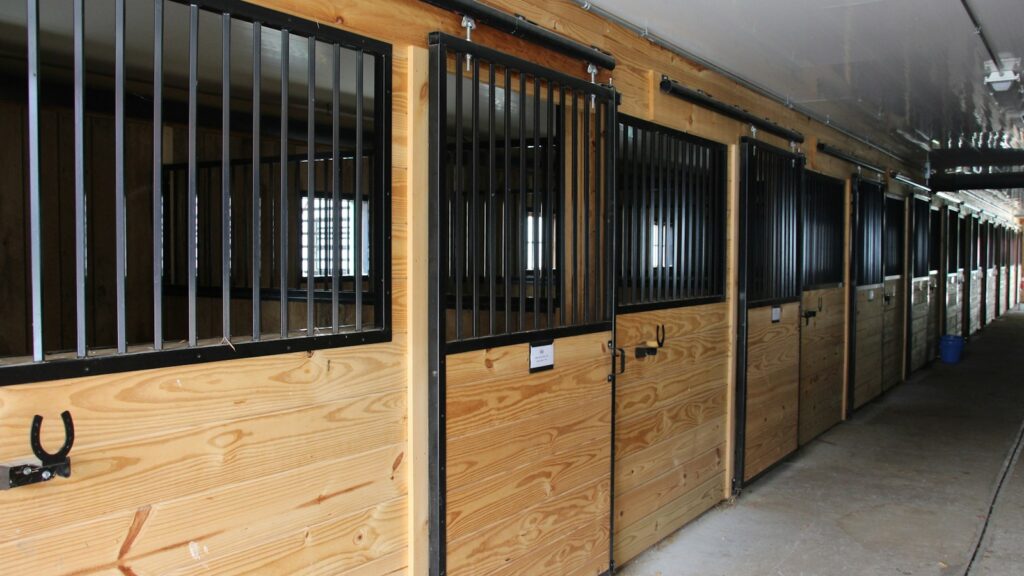
The shift toward sustainable gear frequently occurs alongside broader adoption of environmentally responsible stable management practices. Renewable energy installations like solar panels and wind turbines have become increasingly common at equestrian facilities, powering operations while reducing carbon footprints. Water conservation systems, including rainwater collection and gray water recycling, complement the reduced water consumption associated with sustainable gear production. Waste management innovations, such as advanced composting systems for manure and bedding, create closed-loop systems that minimize environmental impact. These comprehensive approaches reflect an understanding that sustainable choices in equipment make the most sense when integrated into holistic environmental stewardship. The combination of sustainable gear choices and responsible facility management represents a comprehensive commitment to reducing the environmental impact of equestrian activities.
How Competitive Riders Are Embracing Sustainability

Elite competitors across disciplines have become influential advocates for sustainable gear, challenging the notion that environmental choices compromise performance. Olympic-level riders in dressage, show jumping, and eventing have publicly committed to using sustainable equipment, demonstrating its viability at the highest levels of competition. Performance data from these athletes has helped dispel concerns about whether eco-friendly options can withstand the demands of intensive training and competition. Sponsorship arrangements increasingly feature sustainability commitments, with athletes seeking partnerships with environmentally responsible brands. Major competitions have begun highlighting sustainability initiatives, creating a culture where environmental consciousness enhances rather than detracts from competitive prestige. This high-profile adoption has accelerated acceptance throughout the competitive riding community, as riders at all levels look to successful athletes for equipment guidance.
Future Trends in Sustainable Equestrian Equipment
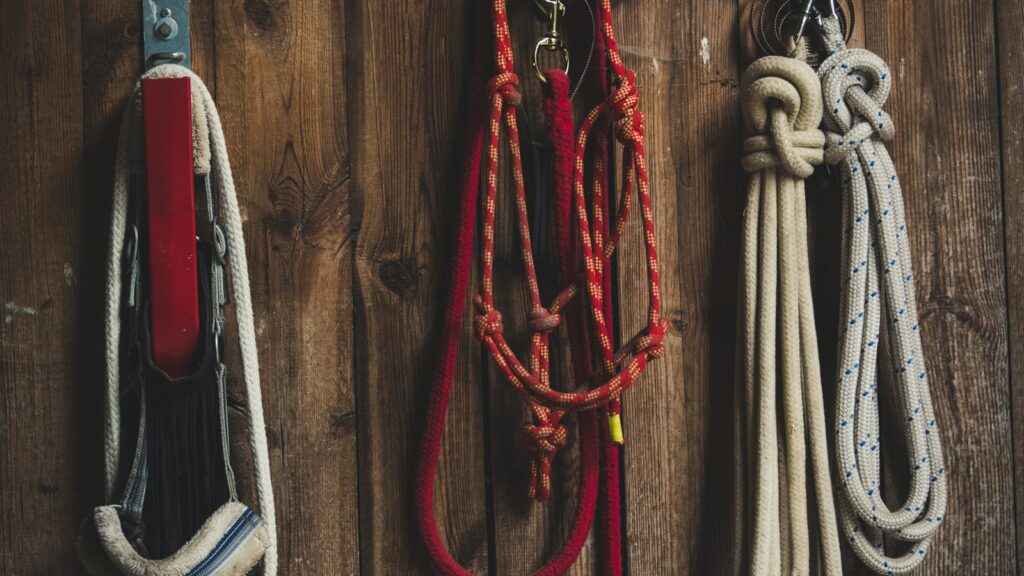
The trajectory of sustainable horse gear points toward continued innovation and market transformation in coming years. Biodegradable components are likely to become standard in items previously considered disposable, such as protective boots, bandages, and temporary tack accessories. Carbon-negative manufacturing processes that actively remove greenhouse gases from the atmosphere during production represent the next frontier for leading brands. Blockchain technology is being implemented to verify sustainability claims and trace materials through complex supply chains, providing unprecedented transparency for consumers. Customization technologies will likely reduce waste further by creating perfectly fitted equipment for individual horses. Industry analysts project that sustainable options will represent the majority market share in most equipment categories by 2027, reflecting the permanent transformation of consumer preferences and manufacturing priorities.
Overcoming Barriers to Sustainable Equestrian Choices
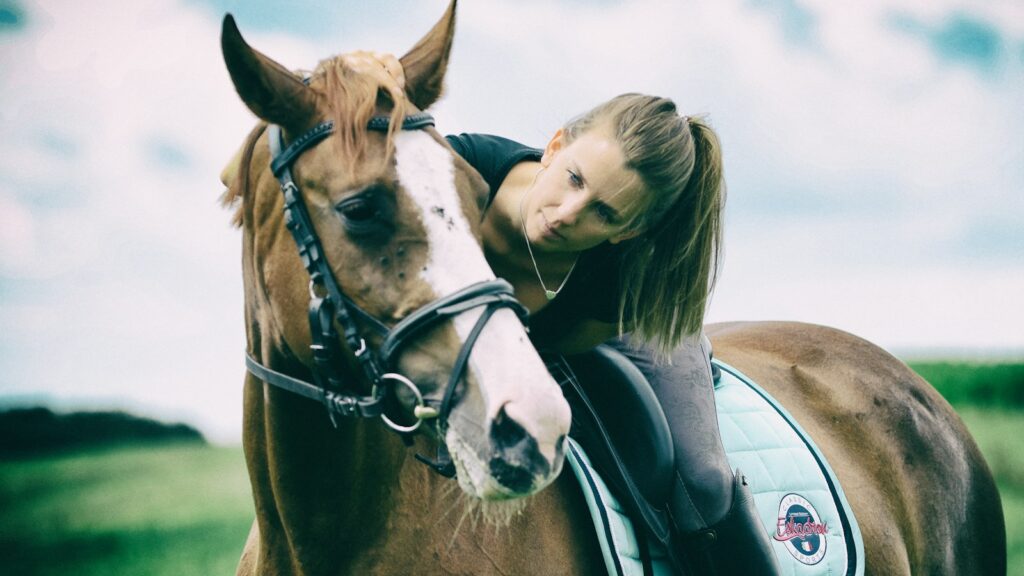
Despite growing momentum, several challenges remain for riders seeking to make fully sustainable choices. Availability varies significantly by region, with riders in rural or developing areas often having limited access to innovative sustainable options. Price points for some cutting-edge sustainable materials remain higher than conventional alternatives, creating financial barriers despite long-term cost benefits. Performance concerns persist in specialized niches where sustainable alternatives are still developing, such as certain types of competition gear with highly specific requirements. Education gaps mean some riders remain unaware of available options or harbor misconceptions about their effectiveness. Addressing these barriers requires continued innovation, expanded distribution networks, consumer education initiatives, and price normalization through increased production scale. The industry’s response to these challenges will determine how quickly sustainable gear becomes truly mainstream across all equestrian disciplines and geographic regions.
conclusion

The shift toward sustainable horse gear in 2025 represents more than just a passing trend—it signals a fundamental transformation in how the equestrian community relates to environmental responsibility. As riders increasingly recognize the connection between their equipment choices and broader environmental impacts, they’re voting with their wallets for products that align with their values while meeting their performance needs. From innovative materials and technological advances to changing consumer education and market dynamics, multiple factors have converged to accelerate this shift. The continued growth of sustainable options demonstrates that environmental responsibility and equestrian excellence can go hand in hand. As we look toward the future, it’s clear that sustainable horse gear will likely become the standard rather than the exception, reflecting the equestrian community’s commitment to preserving the natural world their horses and riders enjoy.

